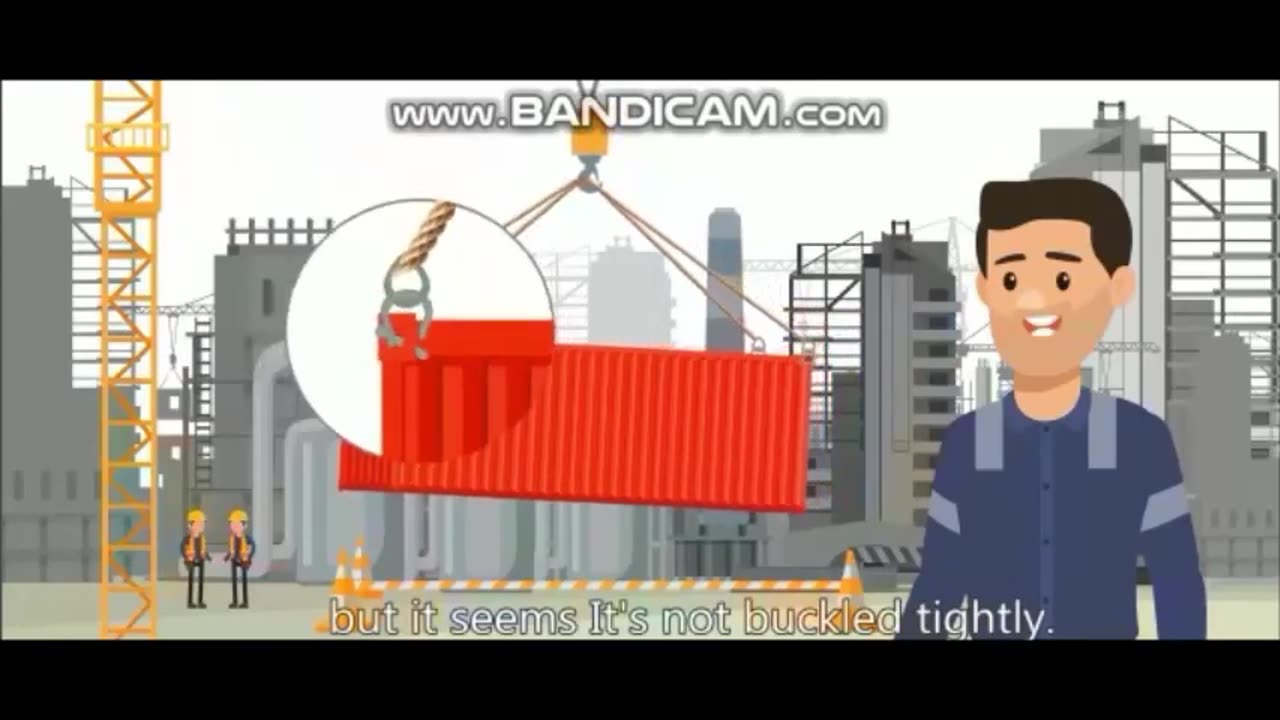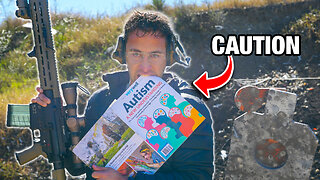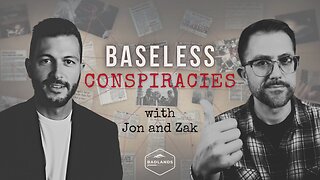Premium Only Content

Unsafe Act Unsafe Condition Near Miss And Incideent
Understanding the terms **Unsafe Act**, **Unsafe Condition**, **Near Miss**, and **Incident** is essential for maintaining workplace safety. They are key components in identifying hazards, mitigating risks, and preventing accidents.
---
### **1. Unsafe Act**
An **unsafe act** is any human action that deviates from safe practices, procedures, or behaviors, potentially leading to accidents or injuries.
#### **Examples**:
- Operating machinery without proper training.
- Not wearing required Personal Protective Equipment (PPE).
- Overloading lifting equipment or failing to secure a load.
- Bypassing safety controls on equipment.
#### **Prevention**:
- Provide adequate training and regular refresher courses.
- Enforce safety policies and accountability.
- Promote a culture where unsafe acts are corrected immediately.
---
### **2. Unsafe Condition**
An **unsafe condition** is a physical state or environmental factor that poses a hazard to workers, equipment, or operations.
#### **Examples**:
- Slippery floors due to oil or water spills.
- Poor lighting in work areas.
- Exposed electrical wiring or damaged insulation.
- Equipment with worn-out or missing safety guards.
#### **Prevention**:
- Conduct regular inspections and maintenance.
- Implement housekeeping standards to keep areas clean and organized.
- Report and rectify unsafe conditions immediately.
---
### **3. Near Miss**
A **near miss** is an unplanned event that could have resulted in injury, illness, or damage but did not, either by chance or timely intervention. It serves as a warning sign of potential hazards.
#### **Examples**:
- A falling object narrowly missing a worker.
- A forklift reversing without hitting anyone.
- Slipping on a spill but regaining balance.
#### **Importance of Reporting Near Misses**:
- Helps identify hidden hazards before an actual incident occurs.
- Encourages proactive measures to improve workplace safety.
- Provides valuable insights for risk assessment and control.
---
### **4. Incident**
An **incident** is any unplanned event that results in injury, illness, property damage, or environmental harm.
#### **Types of Incidents**:
- **Minor Incident**: A small injury or property damage with minimal impact (e.g., a worker cuts their hand while handling a tool).
- **Major Incident**: A severe event causing significant injuries, fatalities, or property loss (e.g., an explosion on an oil rig).
#### **Post-Incident Actions**:
1. **Immediate Response**: Provide first aid, evacuate the area, or contain the hazard.
2. **Incident Investigation**: Identify root causes to prevent recurrence.
3. **Documentation**: Record details for regulatory compliance and learning.
4. **Corrective Measures**: Implement solutions to address underlying causes.
---
### **Key Differences**
| **Term** | **Definition** | **Outcome** |
|-------------------|-------------------------------------------------------------------------------|-------------------------------------------|
| **Unsafe Act** | An individual's action that violates safety practices. | Can lead to near misses or incidents. |
| **Unsafe Condition** | A hazardous physical state or environmental factor. | Increases risk of incidents or accidents. |
| **Near Miss** | An event that could have caused harm but did not. | Serves as a warning to prevent incidents. |
| **Incident** | An event causing injury, illness, or damage. | Results in harm or loss. |
---
### **How to Address and Prevent These Issues**
1. **Promote Safety Awareness**
- Conduct regular training sessions and toolbox talks.
- Encourage workers to report unsafe acts, conditions, and near misses without fear of blame.
2. **Implement Safety Systems**
- Use a Permit to Work (PTW) system for hazardous tasks.
- Install and maintain safety equipment like guards, alarms, and barriers.
3. **Foster a Reporting Culture**
- Make it easy and non-punitive to report near misses, unsafe acts, or conditions.
- Reward proactive safety behavior to encourage participation.
4. **Regular Audits and Inspections**
- Conduct frequent checks to identify and rectify unsafe conditions.
- Review near-miss and incident reports for continuous improvement.
Would you like templates for incident reporting, investigation processes, or guidance on fostering a strong safety culture?
-
 1:35
1:35
HSESafetyInformation
8 months agoMutton Chops two ways- baked & grilled Recipe by Food Fusion (Eid Recipe)
73 -
 2:07:06
2:07:06
Side Scrollers Podcast
20 hours agoHasan Piker CAUGHT LYING AGAIN + Twitch URGES LEFTIST IDEOLOGY + More | Side Scrollers
61.1K10 -
 8:40
8:40
MattMorseTV
16 hours ago $8.19 earnedSchumer just KICKED OFF the Left-Wing CIVIL WAR.
16.3K28 -
 21:39
21:39
Nikko Ortiz
2 days agoI Take A North Korean Shooting
21.1K5 -
 1:46:26
1:46:26
The Michelle Moore Show
19 hours ago'The Religion Invasion In the U.S. and the Deep State Agenda' Guest, Mark Taylor: The Michelle Moore Show (Nov 3, 2025)
26.5K34 -
 LIVE
LIVE
TruthStream with Joe and Scott
5 days agoSovereign Codes & Cosmic Infrastructure,Ufo's, UAP's, Monads, Matrix Satellites, Interstellar Visitors, SYRONA #505
374 watching -
 LIVE
LIVE
Lofi Girl
2 years agoSynthwave Radio 🌌 - beats to chill/game to
154 watching -
 5:55:11
5:55:11
MattMorseTV
12 hours ago $97.40 earned🔴Trump's '60 Minutes' INTERVIEW + MUCH MORE.🔴
161K49 -
 2:02:36
2:02:36
Badlands Media
17 hours agoBaseless Conspiracies Ep. 157: Jack the Ripper, the Crash & the Great Disclosure Countdown
38.3K23 -
 2:06:09
2:06:09
Inverted World Live
13 hours agoMysterious Crash at Area 51 | Ep. 134
42.3K17